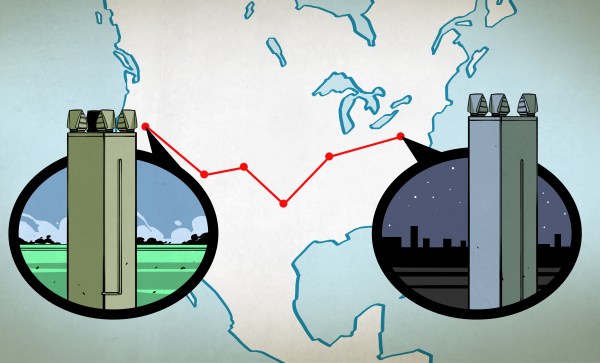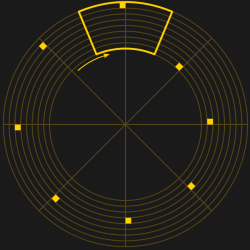Where would the world be today without Pong, perhaps a lot less fun? For people like [Linker3000] the game is an inspiration toward teaching the next generation of hackers to build and play their own version using Micro:bits as controllers!
Aiming for doing all manner of diligence, [Linker3000] says the code can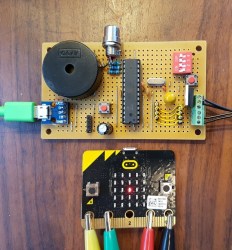 simply be uploaded to an Arduino — foregoing throwing together a circuit of your own — if you want to jump right into things. For the workshop environment, this setup uses composite video outputs — but this shouldn’t be an issue as most TVs still retain these inputs.
simply be uploaded to an Arduino — foregoing throwing together a circuit of your own — if you want to jump right into things. For the workshop environment, this setup uses composite video outputs — but this shouldn’t be an issue as most TVs still retain these inputs.
Once built — or sketch uploaded — the Micro:bit paddles can be connected to the ATmega328p and played like an old-school controller, but [Linker3000] has enabled Bluetooth control of the paddles’ A and B buttons via the Bitty app. Additionally — if wires really aren’t your thing and Bluetooth is too new-school for such an old game — a second Micro:bit can control the wired paddle using their built-in radio, provided they’re configured accordingly.
On top of Pong, there are also squash and soccer game modes! Check out the demo after the break.

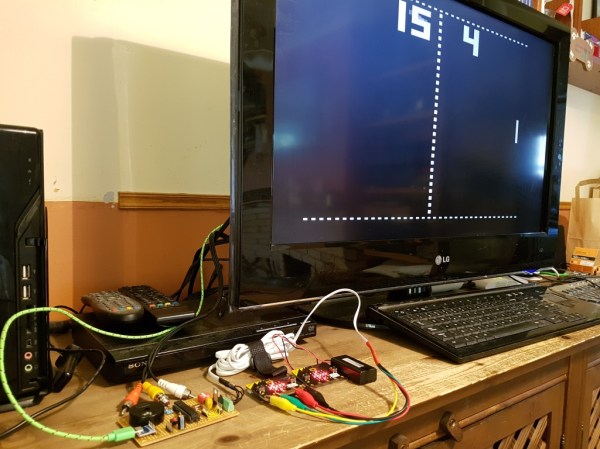
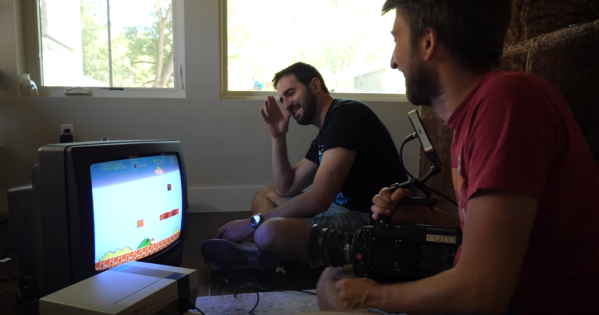
 Now we all know that CRTs draw one pixel at a time, drawing from left to right, top to bottom. You can capture this with a regular still camera at a high shutter speed. The light from a TV screen comes from a phosphor coating painted on the inside of the glass screen. Phosphor glows for some time after it is excited, but how long exactly? [Gavin and Dan’s] high framerate camera let them observe the phosphor staying illuminated for only about 6 lines before it started to fade away. You can see this effect at a relatively mundane 2500 FPS.
Now we all know that CRTs draw one pixel at a time, drawing from left to right, top to bottom. You can capture this with a regular still camera at a high shutter speed. The light from a TV screen comes from a phosphor coating painted on the inside of the glass screen. Phosphor glows for some time after it is excited, but how long exactly? [Gavin and Dan’s] high framerate camera let them observe the phosphor staying illuminated for only about 6 lines before it started to fade away. You can see this effect at a relatively mundane 2500 FPS.
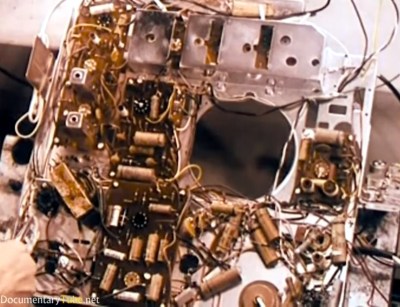 Right from the start the apparent chaos of the circuitry is mindboggling, with some components on circuit boards but many being wired point-to-point. The narrator even makes comments on the “new technique for making electrical connections” that uses a wire wrapping gun. The claim is that this is cleaner, faster, and neater than soldering. ([Bil Herd]
Right from the start the apparent chaos of the circuitry is mindboggling, with some components on circuit boards but many being wired point-to-point. The narrator even makes comments on the “new technique for making electrical connections” that uses a wire wrapping gun. The claim is that this is cleaner, faster, and neater than soldering. ([Bil Herd] 